UM-SEDS co-President Arun Nagpal develops ENG 100 section to expose freshman to space science and atmospheric sensing.
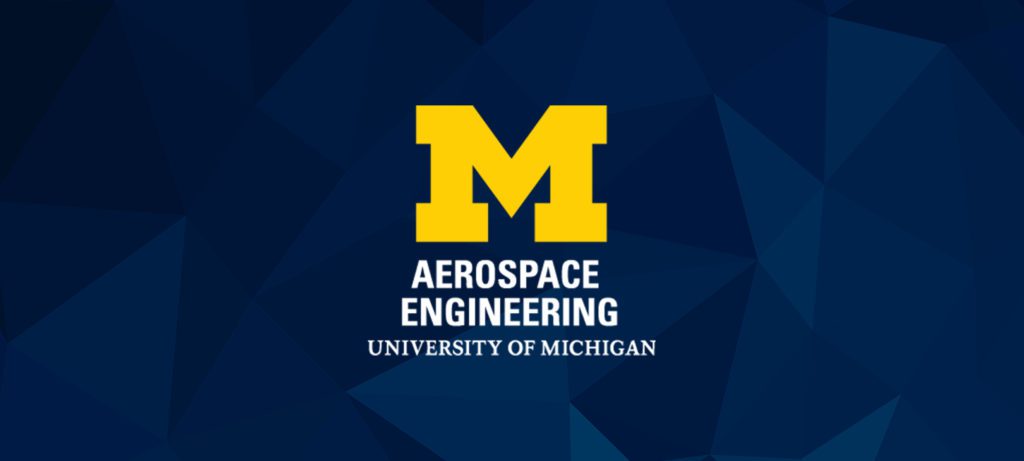

UM-SEDS co-President Arun Nagpal develops ENG 100 section to expose freshman to space science and atmospheric sensing.
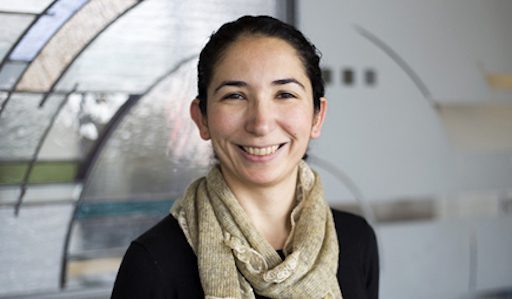
Prof. Ozay’s award-winning work will be used in future space missions
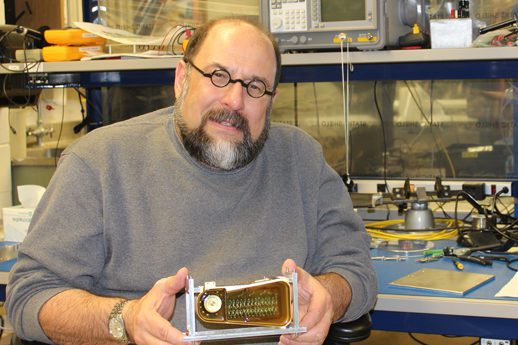
Mr. Battel is an expert on low-noise instrumentation power systems and is internationally recognized for his expertise in the design and development of space high voltage systems.
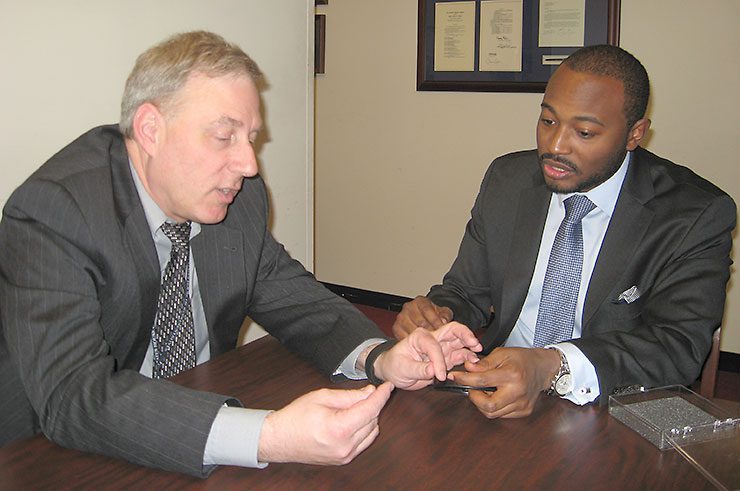
Mr. Bell is investigating the potential of electrodynamic tether propulsion technology to enhance the capabilities of an emerging class of smartphone-sized satellites.
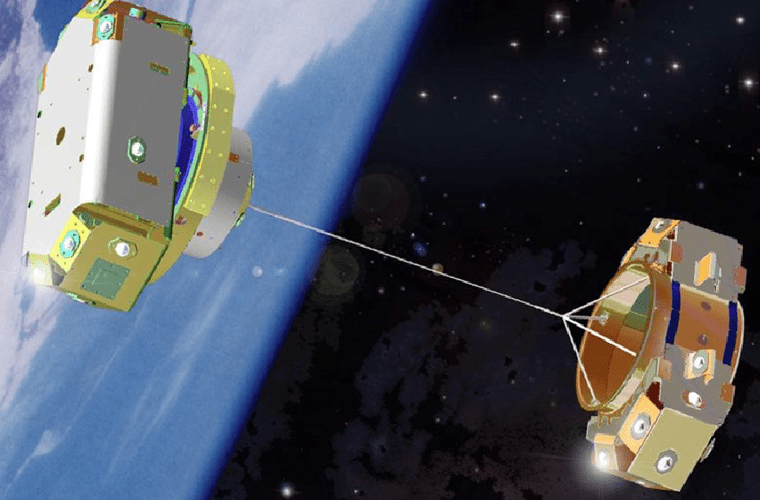
The tether could be used to deorbit out-of-use spacecraft, push spacecraft from low Earth orbit into higher orbits, or even push spacecraft out of Earth’s orbit altogether.

The SMAP mission is NASA’s most ambitious sensing project yet for measuring global soil moisture levels.
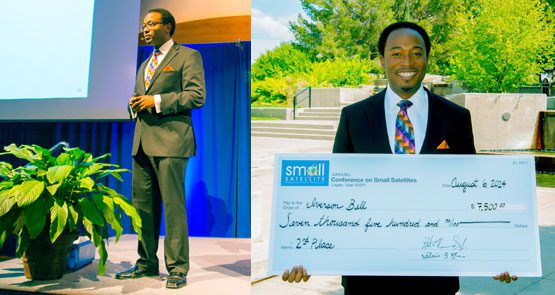
Iverson developed an experimental facility to simulate key characteristics of the space environment.
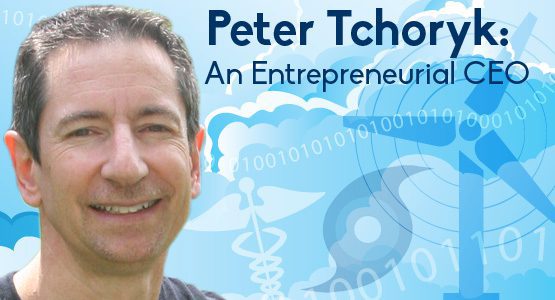
At MAC, Peter’s been able to combine his passions for scientific research and entrepreneurial creation.

Thanks to HERCULES, scientists are now able to study very dense plasmas — a crucial step in nuclear fusion and astrophysical research.
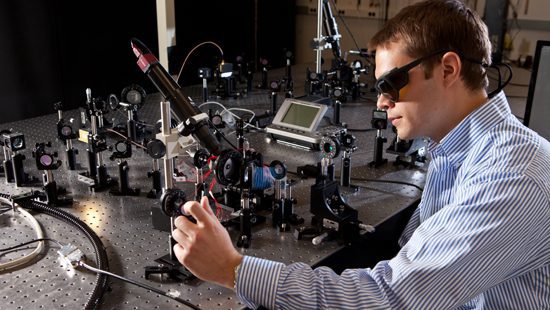
The proposed emitter incorporates plasmonic photoconductors to more efficiently convert power from incident laser light into terahertz radiation.